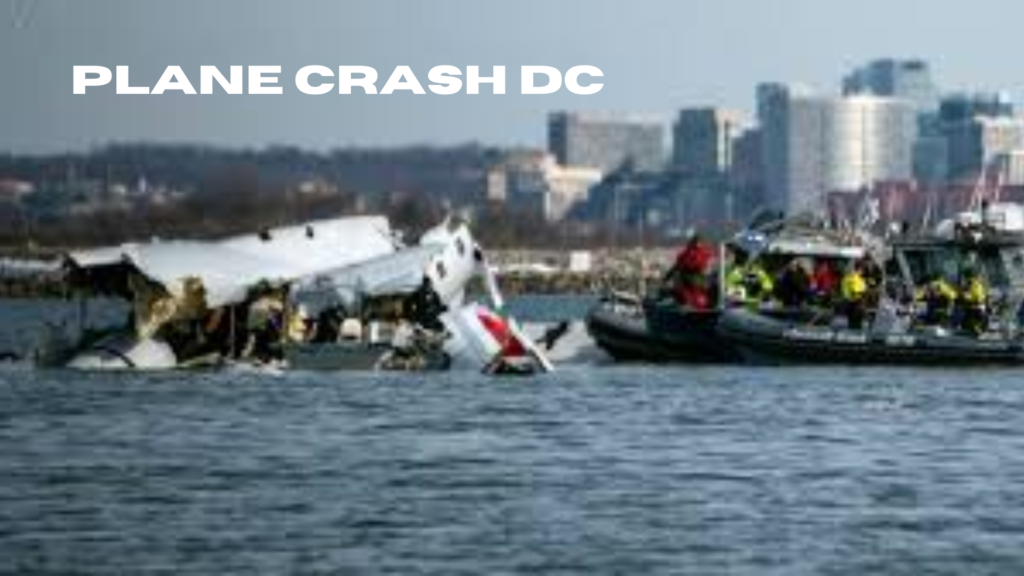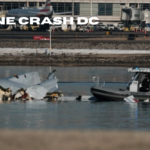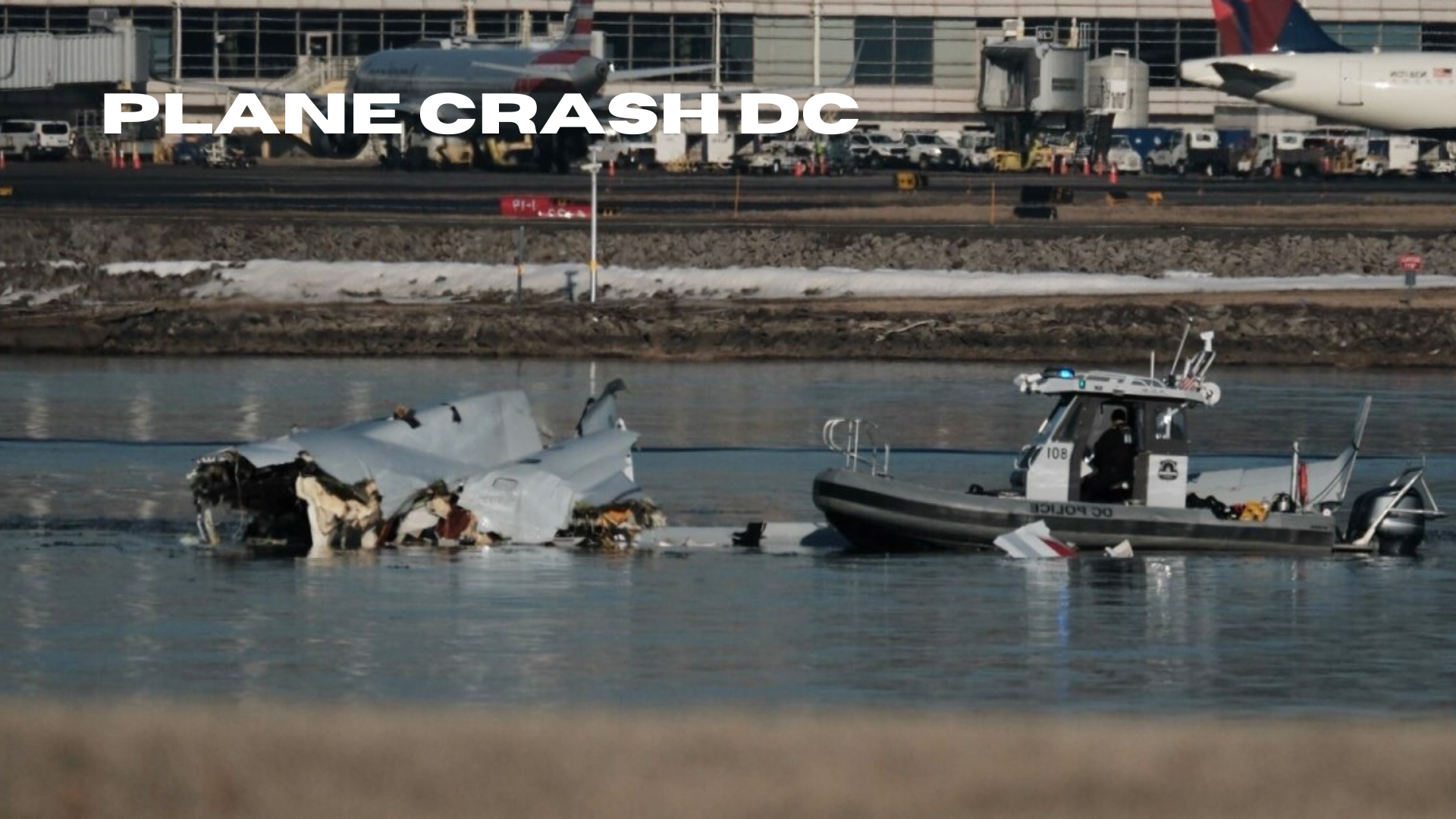The evening of January 29, 2025, a devastating mid-air collision occurred near Washington, D.C., capturing the nation’s attention. An American Airlines regional jet, operating as Flight 5342, collided with a U.S. Army Black Hawk helicopter over the Potomac River. This tragic event resulted in the loss of all 67 individuals aboard both aircraft.
The Aircraft and Their Journeys
Flight 5342, a Bombardier CRJ-701ER, was en route from Wichita Dwight D. Eisenhower National Airport in Kansas to Ronald Reagan Washington National Airport. Onboard were 60 passengers and four crew members. The U.S. Army Sikorsky UH-60 Black Hawk helicopter had departed from Davison Army Airfield in Virginia, carrying three soldiers. The aircraft was conducting a routine night training mission to assess pilot proficiency.

The sequence of Events Leading to the Collision
As Flight 5342 approached Reagan National Airport for landing, the Black Hawk helicopter was performing maneuvers in the vicinity. Preliminary data indicates that the collision occurred at an altitude of approximately 325 feet. Notably, helicopters in that area must maintain altitudes at or below 200 feet. An air traffic controller, managing both aircraft, issued two warnings to the helicopter crew about the approaching jet, the first of which was communicated two minutes before the collision.
Immediate Aftermath and Emergency Response
Upon impact, both aircraft descended into the icy waters of the Potomac River. Emergency responders, including units from the District of Columbia Fire and Emergency Medical Services, Metropolitan Police Department, and the U.S. Coast Guard, were dispatched promptly. Rescue efforts faced challenges due to cold temperatures, strong winds, and ice. The water temperature near the crash site was recorded at 35°F, complicating search and recovery operations. By February 4, all 67 victims had been recovered from the river.
Investigation Insights
The National Transportation Safety Board (NTSB) is leading the investigation into this tragic incident. Early findings suggest that the Black Hawk helicopter was operating above the permitted altitude for that area. Additionally, the fact that a single air traffic controller was managing both aircraft, an arrangement described as “not normal” for that time of day, has come under scrutiny. The NTSB is expected to release a preliminary report in the coming weeks, shedding more light on the factors contributing to the collision.

Community Impact and Memorials
The tragedy profoundly affected communities nationwide. Among the victims were members of the figure skating community, including young talents and their supportive families. To honor their memory, an event titled “Legacy on Ice” is scheduled for March 2 at Capital One Arena in Washington, D.C. This tribute will feature performances by renowned skaters, with proceeds benefiting the families of the victims and first responders.
Reflecting on the Tragedy
The plane crash in D.C. serves as a somber reminder of the inherent risks associated with aviation. As the investigation continues, there is hope that findings will lead to improved safety protocols, preventing such tragedies in the future. The nation mourns the loss of the 67 individuals and stands in solidarity with their families during this challenging time.

























